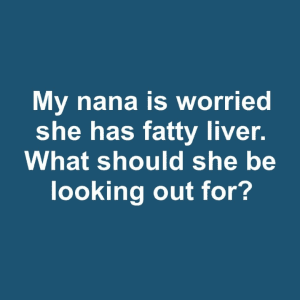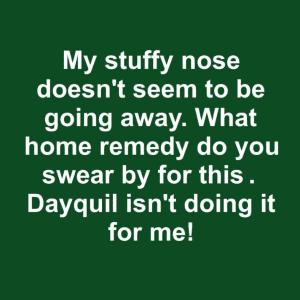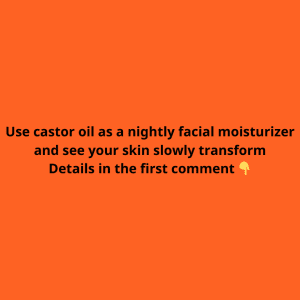As the years pass, you may notice small dark spots appearing on your skin, commonly referred to as age spots. These flat brown, black, or gray patches typically show up on areas exposed to the sun, such as your face, hands, and shoulders. While they are harmless, many people prefer to minimize or remove them to maintain a youthful appearance. The good news is there are several treatments available, both at home and in-office, to help fade these unwanted spots. In this article, we will explore the causes of age spots and the most effective treatments to help you get rid of them.
What Causes Age Spots?

Age spots, also known as liver spots or solar lentigines, are primarily caused by prolonged sun exposure. Over time, ultraviolet (UV) light from the sun speeds up melanin production, which is the pigment responsible for skin color. When melanin becomes concentrated in one area, it forms age spots. While they usually begin to appear around age 50, younger people who spend a lot of time in the sun or use tanning beds can also develop age spots.
Now that you know what causes age spots, let’s dive into how to get rid of them effectively.
At-Home Remedies for Age Spots
If you prefer to try treatments in the comfort of your own home, there are several options available. Prescription creams and over-the-counter products can gradually lighten age spots over time.
1. Prescription Topical Creams
Prescription creams are one of the most common at-home remedies for fading age spots. These creams often contain:
- Hydroquinone: A skin-lightening agent that reduces the appearance of dark spots by decreasing melanin production.
- Retinoids (like tretinoin): Derived from Vitamin A, retinoids promote skin cell turnover and collagen production, which can help diminish age spots over time.
- Mild Steroids: These can be prescribed to reduce inflammation and promote skin healing.
While these creams can be effective, they may take several months to show results. Be sure to use sunscreen with an SPF of 30 or higher while using these products to protect your skin from further sun damage.
2. Over-the-Counter Fade Creams
For those who prefer non-prescription options, over-the-counter fade creams can also help lighten age spots. Look for products that contain ingredients such as:
- Glycolic Acid: This exfoliant helps remove the outer layer of skin, allowing new skin cells to emerge and making age spots less noticeable.
- Kojic Acid: Known for its skin-brightening properties, kojic acid can help reduce the appearance of age spots.
However, some over-the-counter products may cause skin irritation, especially if you have sensitive skin, so it’s important to test them on a small patch of skin before full application.
In-Office Treatments for Age Spots
If you’re looking for faster results, visiting a dermatologist for in-office treatments might be the best route. These treatments are designed to target and reduce age spots more quickly than at-home remedies.
1. Laser and Intense Pulsed Light (IPL) Therapy

Laser and IPL treatments work by targeting the melanin-producing cells in age spots. These therapies break down the pigment in the spots without damaging the surrounding skin. After a few weeks or months, age spots begin to fade. Multiple treatments are often required for the best results, and side effects are minimal, typically limited to temporary discoloration of the skin.
2. Cryotherapy (Freezing)
Cryotherapy involves applying liquid nitrogen or another freezing solution directly to age spots. This treatment destroys the pigment cells, causing the spots to lighten as the skin heals. Cryotherapy is most effective on small age spots or clusters of spots. While effective, there is a small risk of skin irritation, permanent scarring, or discoloration.
3. Dermabrasion and Microdermabrasion
Dermabrasion is a more intense treatment that involves sanding down the top layer of skin with a fast-spinning brush. This method removes the surface layer, allowing new skin to grow in its place. Microdermabrasion is a less invasive alternative, using small crystals to exfoliate the outer layer of skin. Both treatments can help lighten age spots, though multiple sessions may be necessary to achieve desired results. Be aware that redness and scabbing can occur after treatment.
4. Chemical Peels
A chemical peel uses a specially formulated acid to remove the outer layer of the skin, including age spots. As the skin heals, a new, fresher layer emerges, gradually reducing the appearance of spots. It often takes multiple peels to achieve significant results. Some redness and peeling are common side effects, and in rare cases, a chemical peel may change the color of your skin permanently.
5. Ekstata Treatment
Ekstata is a relatively new in-office treatment approved by the FDA. It uses concentrated hydrogen peroxide to dissolve age spots without damaging the surrounding skin. This non-invasive treatment is applied multiple times to each spot during a session and may require follow-up treatments for larger or darker spots. Ekstata has few side effects, though some patients experience mild irritation or scabbing.
Preventing Future Age Spots

Preventing age spots is just as important as treating them. The best way to avoid developing more age spots is to protect your skin from UV radiation. Here are some tips to keep your skin looking healthy:
- Use sunscreen daily: Apply broad-spectrum sunscreen with an SPF of 30 or higher to all exposed skin, even on cloudy days.
- Wear protective clothing: When spending time outdoors, wear long-sleeved shirts, wide-brimmed hats, and sunglasses to block harmful UV rays.
- Avoid tanning beds: Tanning beds expose your skin to high levels of UV light, which accelerates the formation of age spots and increases your risk of skin cancer.
Conclusion: Take Control of Your Skin
Age spots are a natural part of aging, but that doesn’t mean you have to live with them if you don’t want to. Whether you prefer at-home remedies like topical creams or professional in-office treatments, there are many ways to reduce or eliminate age spots. By taking proactive steps to protect your skin from the sun and seeking out effective treatments, you can maintain a youthful, even complexion for years to come.


